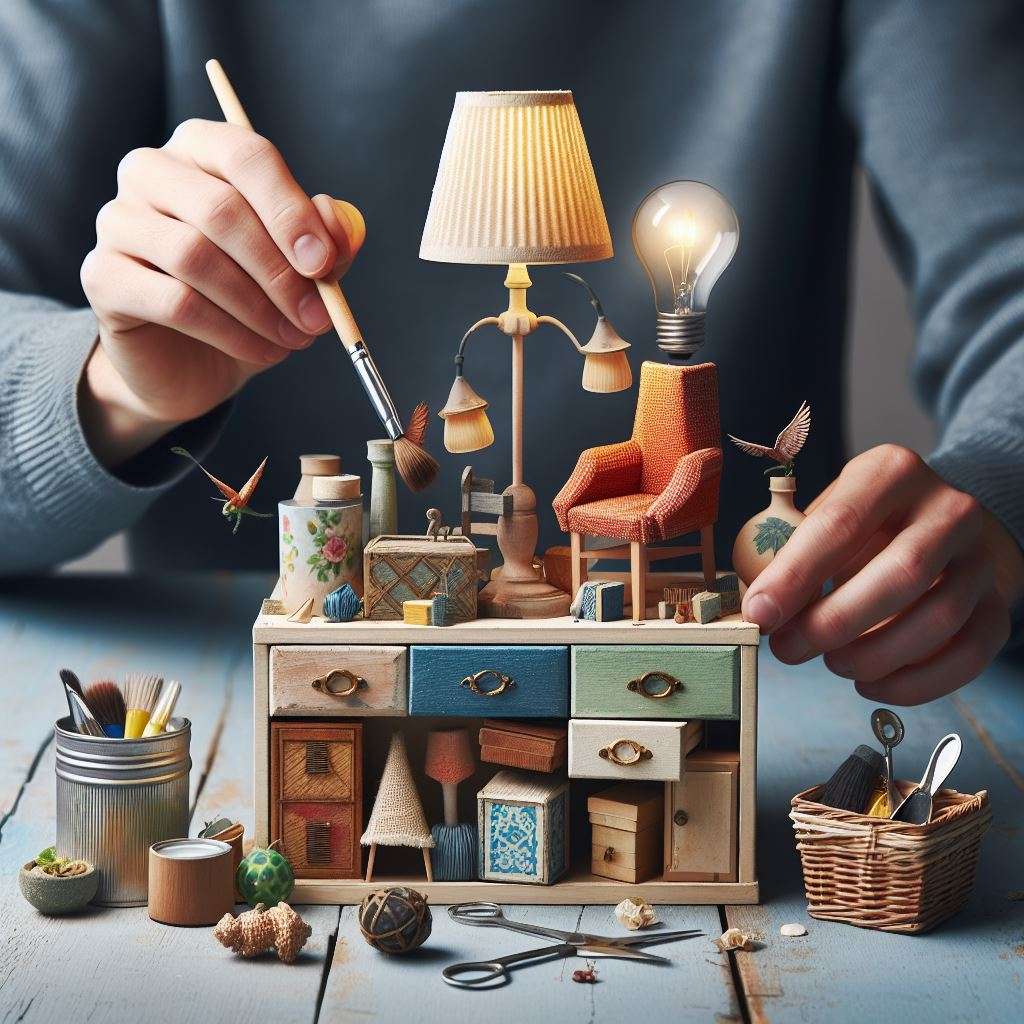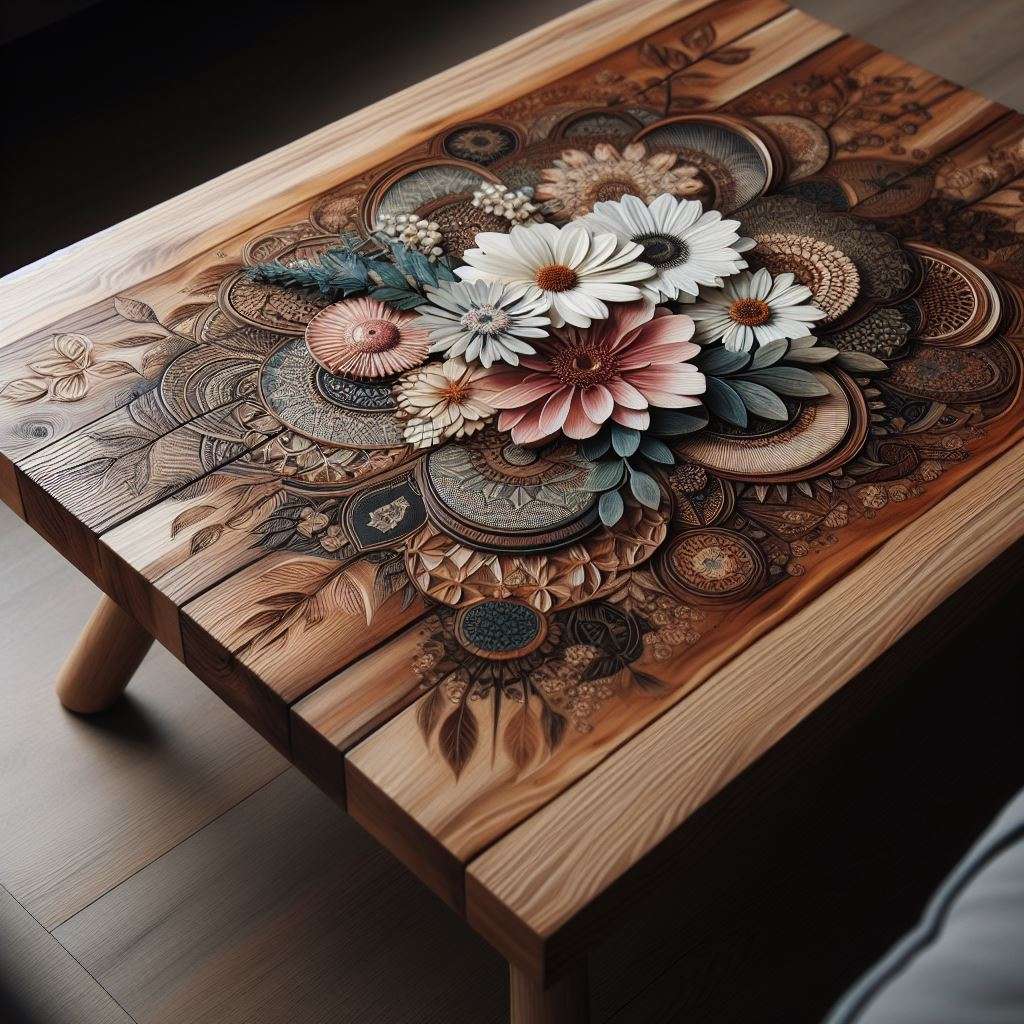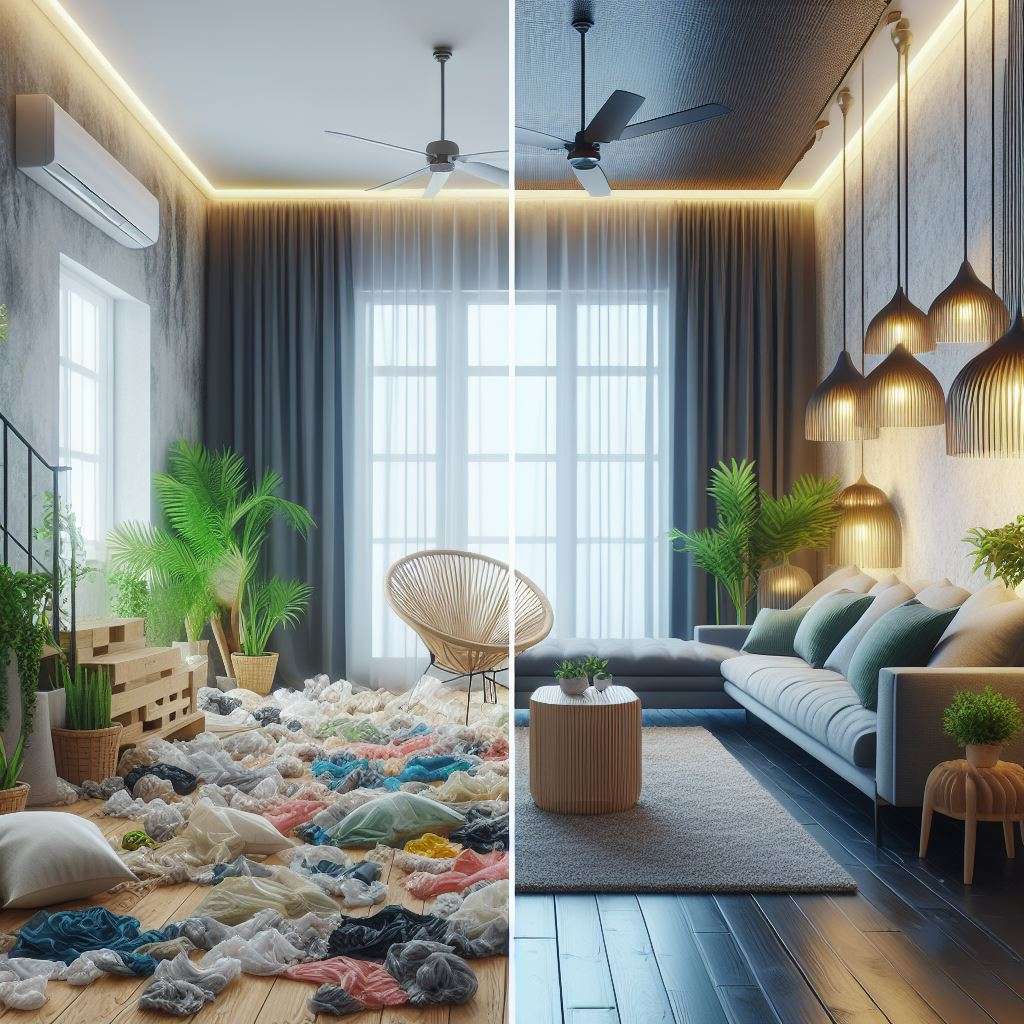Tired of your home feeling blah? Craving a makeover that’s good for the planet and wow-worthy for guests? You’re not alone. More and more people are looking for ways to refresh their spaces with style and sustainability in mind. That’s where eco-makeovers come in. Eco-makeovers are all about merging aesthetics with ethics, reducing environmental impact while creating stunning spaces. Whether you want to revamp your living room, bedroom, or kitchen, you can do it with a green twist. In this article, we’ll explore the growing trend of conscious design and its positive impact on both personal spaces and the planet. We’ll also share some practical tips and inspiring ideas for your eco-makeover. Ready to transform your home from bland to grand? Let’s get started!
Upcycling All-Star

One of the easiest and most fun ways to add some eco-flair to your home is to upcycle and repurpose existing items. Upcycling is the art of transforming old or unwanted items into new and useful ones. It’s a great way to add character and charm to your space while reducing waste and saving money. You can upcycle almost anything, from furniture and décor items to clothing and accessories. All you need is some creativity and a bit of DIY spirit.
Here are some practical tips and DIY project ideas for upcycling:
- Furniture: You can give your old furniture a new lease of life with some paint, fabric, or hardware. For example, you can turn an old dresser into a chic console table, a wooden crate into a rustic coffee table, or a ladder into a quirky bookshelf. You can also mix and match different pieces to create something unique, like a bench made from old chairs or a headboard made from old doors.
- Décor items: You can turn everyday objects into eye-catching décor items with some imagination and flair. For example, you can turn old bottles into vases, old books into wall art, old CDs into coasters, or old keys into windchimes. You can also use vintage finds and discarded materials to create unique design elements, like a clock made from a bicycle wheel, a lamp made from a teapot, or a mirror made from a tennis racket.
- Clothing and accessories: You can also upcycle your old clothing and accessories into new and fashionable ones. For example, you can turn an old sweater into a cozy pillow, an old shirt into a tote bag, or an old scarf into a curtain. You can also embellish your clothes and accessories with buttons, beads, embroidery, or patches to give them a new look.

Natural Wonder
Another way to make your home more eco-friendly and beautiful is to incorporate natural elements into your design. Natural elements like wood, stone, and plants can create a warm and inviting atmosphere while enhancing the health and well-being of your space. They can also reduce your energy consumption and carbon footprint, by improving insulation, air quality, and lighting.
Here are some ways to incorporate natural elements into your design:
- Wood: Wood is one of the most versatile and eco-friendly materials you can use in your home. It can add texture, warmth, and character to any space while being durable and renewable. You can use wood for flooring, furniture, walls, ceilings, or accents. You can also choose reclaimed or recycled wood, which has a lower environmental impact and a higher aesthetic value.
- Stone: Stone is another natural material that can add elegance and sophistication to your home. It can also provide insulation, durability, and fire resistance. You can use stone for countertops, backsplashes, fireplaces, or accents. You can also choose natural or recycled stone, which has less processing and transportation costs.
- Plants: Plants are not only beautiful but also beneficial for your home. They can purify the air, regulate humidity, reduce noise, and boost your mood. You can use plants for indoor gardening, hanging planters, wall art, or centerpieces. You can also choose plants that are easy to care for, such as succulents, ferns, or herbs.
Sustainable Sourcing
The last aspect of eco-makeovers is to choose sustainable materials and products for your home. Sustainable materials and products are those that have a minimal or positive impact on the environment, such as recycled, organic, or locally sourced ones. They can also support social and economic causes, such as fair-trade, ethical, or artisanal ones. By choosing sustainable materials and products, you can reduce your ecological footprint, while supporting eco-conscious brands and communities.
Here are some examples of sustainable materials and products you can choose for your home:
- Recycled glass: Recycled glass is a material that is made from melted and reshaped glass waste, such as bottles, jars, or windows. It can be used for tiles, countertops, sinks, or décor items. It can also come in various colors, shapes, and textures, creating a stunning visual effect.
- Bamboo: Bamboo is a material that is made from a fast-growing and renewable grass, that can be harvested without harming the soil or wildlife. It can be used for flooring, furniture, curtains, or bedding. It can also be soft, durable, and antibacterial, making it ideal for any space.
- Locally sourced products: Locally sourced products are those that are made or grown in your region, reducing the transportation and packaging costs and emissions. They can also support your local economy and culture, by promoting local businesses and artisans. You can choose locally sourced products for food, art, crafts, or souvenirs.
Conclusion
Eco-makeovers are a great way to transform your home from bland to grand while being kind to the planet and your guests. By upcycling, incorporating natural elements, and choosing sustainable materials and products, you can create a space that reflects your style and values, while reducing your environmental impact. You can also unleash your creativity, personalize your space with sustainable touches, and share your green design journey with others. So what are you waiting for? Visit local artisans, attend upcycling workshops, and spread the word about the power of conscious design. You’ll be amazed by the results!
